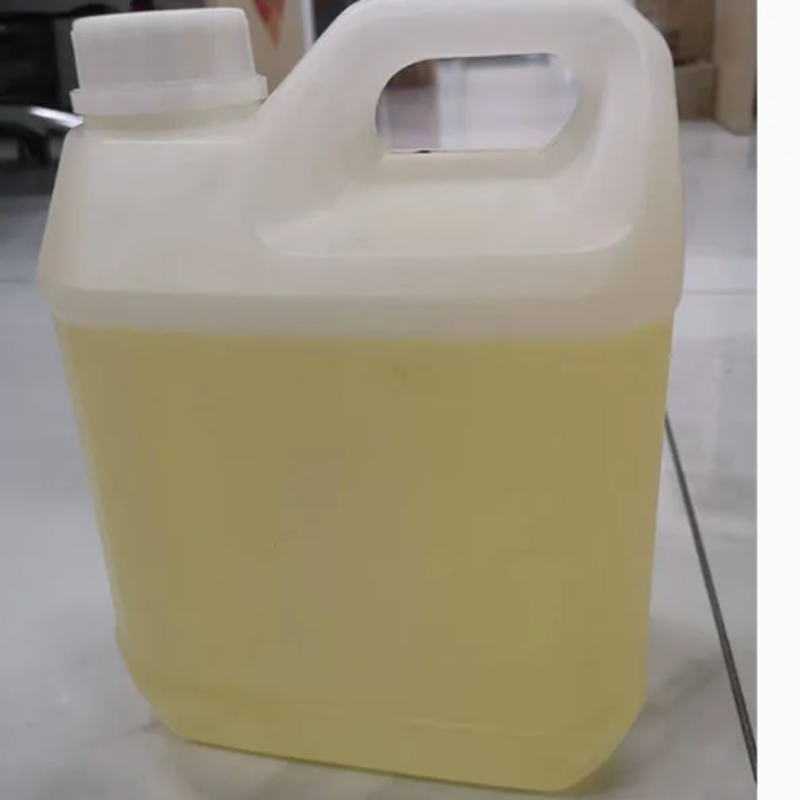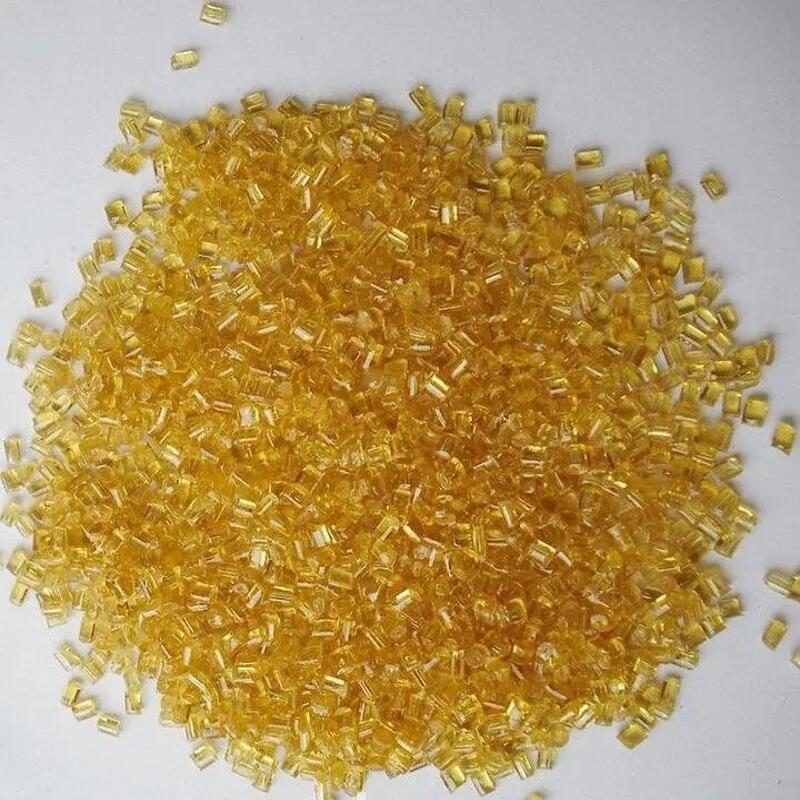-
Categories
-
Pharmaceutical Intermediates
-
Active Pharmaceutical Ingredients
-
Food Additives
- Industrial Coatings
- Agrochemicals
- Dyes and Pigments
- Surfactant
- Flavors and Fragrances
- Chemical Reagents
- Catalyst and Auxiliary
- Natural Products
- Inorganic Chemistry
-
Organic Chemistry
-
Biochemical Engineering
- Analytical Chemistry
-
Cosmetic Ingredient
- Water Treatment Chemical
-
Pharmaceutical Intermediates
Promotion
ECHEMI Mall
Wholesale
Weekly Price
Exhibition
News
-
Trade Service
A new focus article in the May issue of Geology summarizes research on plastic waste in marine and sedimentary environments
.
Authors IA Kane of the University of Manchester and A.
Fildani of the Deep Time Institute wrote: "Environmental pollution from uncontrolled human activity is occurring
on a global scale on an unprecedented scale.
Ocean) release of plastic is one of the most recent and visible impacts
.
”
The authors cite multiple studies, including a study by Zhong Guangfa and Peng Xiaotong in the May issue
.
Zhong and Peng were surprised to find plastic waste in a deep-sea undersea canyon in the northwestern part of the South China Sea
.
Kane and Fildani write: “Plastics are generally considered to be a major component of marine litter due to their large quantities and high durability
.
Nano and microplastics are a particularly insidious anthropogenic contaminant: unidentifiable with the naked eye, but associated with life The required food is taken into the body along with the water and absorbed by the organism
.
"
One of their important questions was: "If some plastics can survive in a terrestrial environment for more than 1,000 years, how long can they survive in ocean trenches that are miles deep, dark, cold, and high pressure? How long does it take for microplastics in the deep ocean to be naturally decomposed? For a long time?"
"While policymakers now have a responsibility to act to protect the oceans from further harm, we recognize that geoscientists also have a role to play," Kane and Fildani wrote
.
Their understanding of present-day distributions in the seafloor and sedimentary records use geoscience techniques to document the downstream effects of mitigation efforts and predict the future of seafloor plastics
.
In conclusion, they write: "We understand.
.
.
the temporality of the stratigraphic record and its astonishing preservation, as well as the unique geochemical environment found in deep-sea sediments
.
We use a source-to-sink approach to elucidate the terrestrial-to-sink approach.
Connections to the oceans, to determine the sources and paths of plastics as they traverse natural habitats, and to determine the context in which they end up sequestered, and the ecosystems they affect
.
This will be done through collaboration with oceanographers, biologists, chemists and others It is made possible by the close cooperation of those who solve the global pollution problem
.
”







